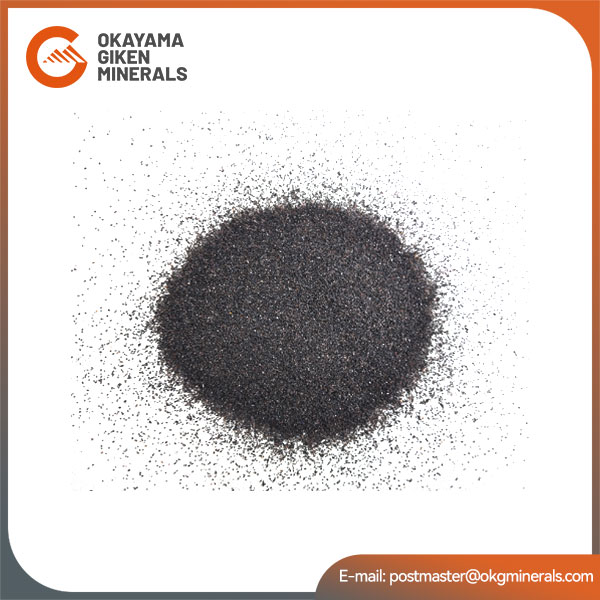
Corundum is a fascinating mineral that plays a critical role in various industries, from jewelry to industrial manufacturing. Its remarkable hardness and vibrant color variations make it highly valued both scientifically and commercially. Let’s delve into the chemical classification of corundum and understand its primary composition.

Corundum belongs to the oxide mineral group. Minerals in this group are composed of metal cations bonded to oxygen anions. Specifically, corundum is classified as an aluminum oxide due to its chemical formula, Al₂O₃.
In this formula:
- Al represents aluminum.
- O stands for oxygen.
- The subscript indicates there are two aluminum atoms bonded with three oxygen atoms in each molecule of corundum.
This crystalline structure contributes to corundum’s exceptional hardness and stability, making it the second hardest natural material after diamond on the Mohs scale.
The primary components of corundum are aluminum and oxygen, forming aluminum oxide. Its formation occurs under high-temperature and high-pressure conditions, often in metamorphic or igneous rocks.
Key Attributes of Corundum’s Composition:
1. Aluminum Content:
Aluminum contributes to corundum’s lightweight and high melting point (approximately 2,050°C or 3,722°F). This property is why corundum is widely used in refractory applications.
2. Oxygen Bonds:
The strong ionic bonds between aluminum and oxygen create a dense and rigid crystal lattice, giving corundum its incredible hardness.
3. Impurities and Trace Elements:
Pure corundum is colorless, but trace elements such as chromium, iron, and titanium introduce vibrant colors:
- Chromium: Produces red hues, resulting in rubies.
- Iron and Titanium: Create blue shades, forming sapphires.
- Other elements may result in yellow, green, or purple sapphires.
Corundum’s unique properties make it indispensable in various fields:
- Jewelry: The presence of impurities transforms colorless corundum into precious gemstones like rubies and sapphires.
- Abrasives: Its hardness is ideal for grinding, cutting, and polishing materials.
- Electronics: Synthetic corundum is used as substrates for semiconductors due to its thermal and electrical insulating properties.
- Refractory Materials: Its ability to withstand extreme temperatures makes corundum essential for furnace linings.
Conclusion
Corundum’s chemical classification as aluminum oxide and its primary composition of aluminum and oxygen are the foundations of its unique properties. These features, combined with the stunning effects of trace impurities, make corundum a mineral of exceptional utility and beauty. Whether it’s dazzling as a ruby or sapphire or driving industrial innovation, corundum continues to play an essential role in human life.
Okayama Giken (Minerals)Co., Limited, we are a trusted supplier of high-quality Corundum, offering superior materials at competitive prices. As a direct manufacturer, we are able to provide cost-effective solutions without compromising on quality. Corundum, known for its exceptional hardness and thermal stability, is ideal for a wide range of high-performance applications, from abrasives and refractories to electronics and metallurgy. By controlling the production process, we ensure that our customers receive top-tier materials with reliable performance, backed by our commitment to excellence.Visit our website at www.okgmineral.com to learn more about our products. For inquiries, you can reach us at postmaster@okgminerals.com.